Smart calling is different than cold calling. Cold calling is filled with fear and rejection and usually ends with both parties clicking off the phone dissatisfied. Smart calling involves researching the potential customer first, before calling them, to have a more engaging first interaction. John Golden interviews Art Sobczak on smart calling.
This expert sales interview explores:
- Why smart calling is important
- The difference between a warm lead and cold calling
- How to make it personal
- How to minimize resistance
Why Smart Calling:
“It’s actually pretty simple. It’s common sense,” said Sobczak. The idea behind smart calling is that it involves knowing something about the people, and the organization, and the environments, that a consumer is working in before a salesperson calls them. This allows for the opportunity to better customize and personalize the message in a way that resonates with the potential buyer. Plus, it heightens the chance of actually getting to speak with them.
Warm Lead Versus Smart “Cold” Calling:
With a warm lead, you have a little bit of leeway. A warm lead is someone who raises their hand first and expresses an interest in your product or service. With a smart call, the person on the other end of the phone line doesn’t know you, you don’t know them, and they’re not expecting your call. You have to put in the time and the effort and the energy to learn about them before going into the call. If you don’t, you get perceived as all of the other white noise that consumers are being bombarded with every day.
Make it Personal:
“The first thing I do is I try to get them to think differently than a cold call,” said Sobczak. “I make fun of cold calls, because we’ve all gotten them, we all hate them, people hate placing them, and typically they result in rejection.” Most cold calls use the same spiel. It’s a lot like junk mail, which usually gets tossed out immediately. A smart call is like getting a personalized, handwritten note. When you’re on the receiving end of a smart call, you can see that the salesperson has put some effort into what they’re saying. You know you’re not just another person on the dialing list. Instead, someone has taken the time to invest in you.
Minimize Resistance:
The primary goal of smart calling is to minimize resistance and enhance the chances of success. “You have several things working for you on a smart call, and they’re all used in conjunction,” said Sobczak. If you do the research, and someone notices right away at the beginning of a call, it triggers a few different things. The first is that you might have the reciprocity factor. They want to engage with you on a more personal level because you took the time to engage with them. Another thing that happens is that you get clients to lean into what you’re saying. In the first five to ten seconds of a smart call, the seller indicates that they know something about the customer, their industry, or what’s going on in their world. Instead of cold calling, which creates a neutral, if not adverse immediate reaction, smart calling creates a curious response because you’ve shown that you have something relevant to say about them personally. This simple way to minimize resistance creates the opportunity to engage with the customer positively.
For more information on how to turn cold calling into smart calling watch the full expert sales interview!
About our Host:
John is the Amazon bestselling author of Winning the Battle for Sales: Lessons on Closing Every Deal from the World’s Greatest Military Victories and Social Upheaval: How to Win at Social Selling. A globally acknowledged Sales & Marketing thought leader, speaker, and strategist. He is CSMO at Pipeliner CRM. In his spare time, John is an avid Martial Artist.
Pipeliner CRM empowers salespeople to make precise calls. Get your free trial of Pipeliner CRM now.


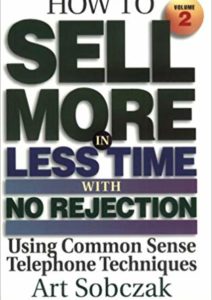
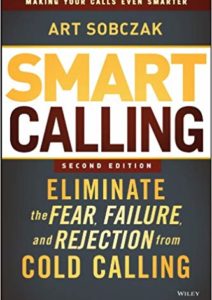
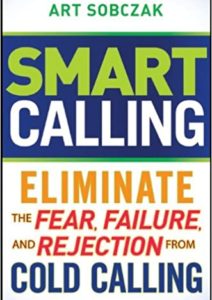
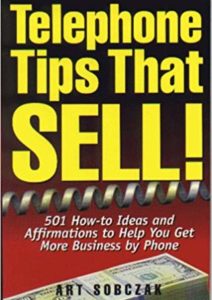



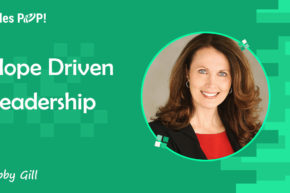


Comments